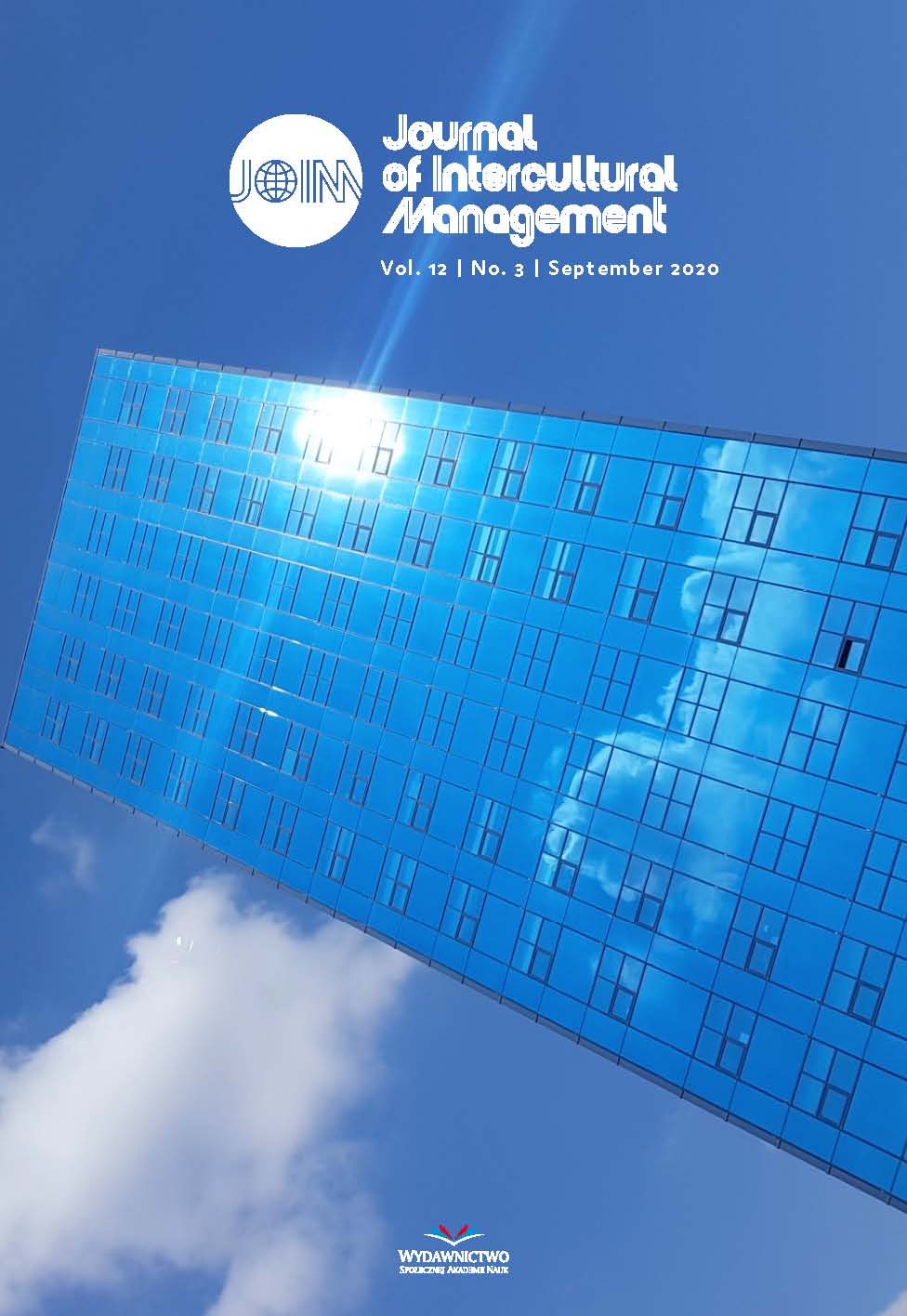Long-term Development of National Human Capital. Evidence from China and Poland
Long-term Development of National Human Capital. Evidence from China and Poland
Author(s): Łukasz BrylSubject(s): Social Sciences, Economy, Education
Published by: Społeczna Akademia Nauk
Keywords: human capital; education; innovations; development model; longitudinal study
Summary/Abstract: Objective: The aim of this paper is to present the long-term development of the chosen human capital indices that uncovers and compares the outcome of the national efforts performed by the two culturally distant countries (China and Poland) over the decade. Additionally, paper indicates the areas of further HC progress in both nations. Methodology: The study was based on measuring human capital with the help of deliberately chosen set of macroeconomic indices (28 items) referring to the nations’ capability to create innovations. Analysis was performed for the 2007–2017 years. Findings: Positive phenomena in the case of human capital development out perform the negative ones in both countries, however, the extent is more remarkable in the case of China. China managed to: improve greatly the pupil-teacher ratio (both in primary and secondary schools), increase secondary and tertiary education enrolment rate along with the rise of the no. of students from abroad. In Poland, the greatest increase was observed in the case of the number of researchers what consequently contributed to the improvement of number of scientific and technical articles and citable documents (h-index). Value Added: To the best Author’s knowledge this is the first paper that compares national human capital development in Poland and China with a set of indices focused on capability to create innovations and adopts longitudinal approach. Recommendations: Policy-makers in the case of Poland should concentrate on: fostering university/industry research collaboration, improving rank in worldwide QS classification and performing more efforts to attract and retain talents. Moreover, the negative trends should be reversed with regard to: PISA scores and general quality of education system. In turn, Chinese authorities should facilitate better PISA scores and increase the presence of scientific andtechnical articles.
Journal: Journal of Intercultural Management
- Issue Year: 12/2020
- Issue No: 3
- Page Range: 30-66
- Page Count: 37
- Language: English

